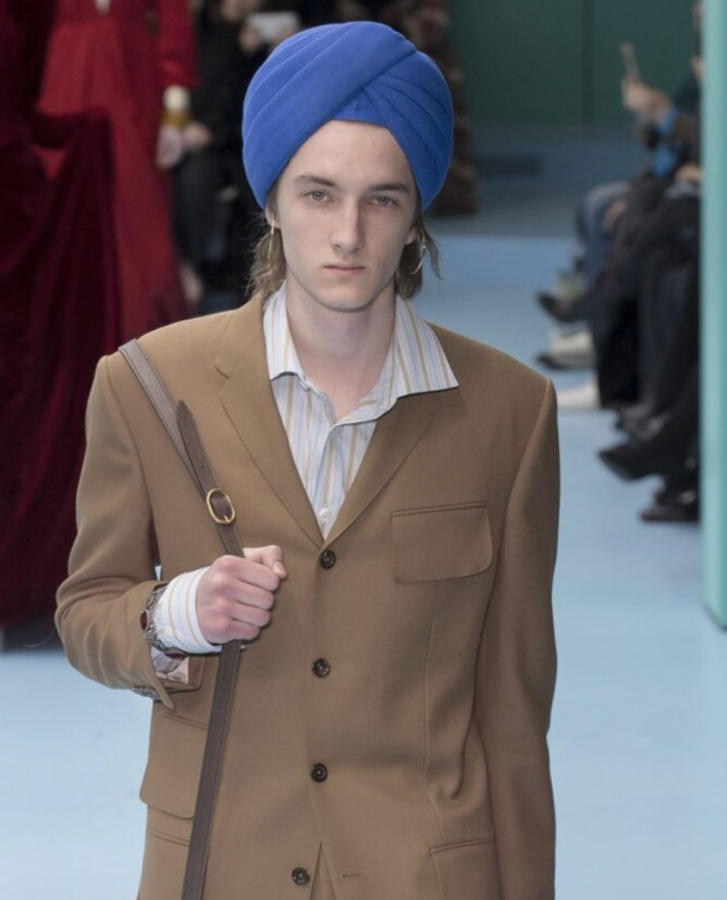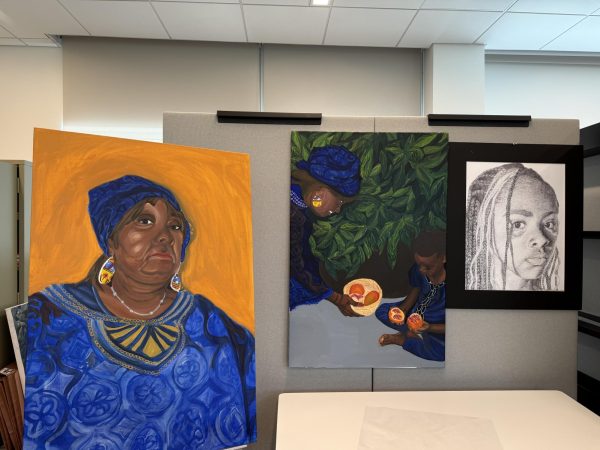Fashion and Cultural Appropriation
Cultural appropriation is defined as “the act through which specificities of a given culture, such as symbols, artifacts, genres, rituals, or technologies, are used by members of a different culture.” One place that cultural appropriation is presenting itself at an increasing level is in high fashion brands shows and websites. However, some brands maintain that they use other cultures as a chance to uphold traditions and celebrate the fashion of other countries.
For example, Sandra Dow, founder of Zuri, a label based in New York City, uses the culture of Nairobi to influence her designs. Taking a look at her website, you can see interesting prints and styles, and most importantly, credit to the culture. She is not “stealing” the designs, but rather using them to impact her label.
On the other hand, in the Gucci 2018 Fall show, Alessandro Michelle sent models marching down the runway in Sikh turbans. The internet erupted about the cultural appropriation that Gucci had displayed, with even the Sikh Coalition, a national Sikh-American group that defends Sikh rights, speaking out on Instagram: “The turban is not just an accessory to monetize; it’s a religious article of faith that millions of Sikhs view as sacred. Many find this cultural appropriation inappropriate since those wearing the turban just for fashion will not appreciate its deep religious significance.”
More than a year later, the designer brand came under fire yet again for selling these same turbans through Nordstrom for the high price of $790. Nordstrom later made a statement declaring that “we have decided to stop carrying this product and have removed it from the site. It was never our intent to disrespect this religious and cultural symbol. We sincerely apologize to anyone who may have been offended by this.” However, Gucci did not apologize for this blatant example of cultural appropriation.
Gucci is just one small piece of the grander cultural appropriation present in high fashion. Other brands such as Urban Outfitters and Comme Des Garçons have also been called out for “stealing culture” and marketing it to make a profit. This happens through packaging other cultures as their own brand ideas when it was actually the result of someone else’s idea. Cultural appropriation does not just affect high fashion (and high price) brands, but ones
Although cultural appropriation is always bad, what is the difference between appropriation and appreciation? Brands such as Zuri, use cultural shapes and prints in their clothing, which is leaning closer to appreciation. When brands or individuals wearing the clothing acknowledge their use of another culture and show appreciation for the other culture, this is leaning farther from appropriation because of the use of credit where it is due. Fashion is constantly evolving and taking details from different cultures, and the difference is to give credit where credit is due, and not try to take praise for someone else’s heritage.
.






